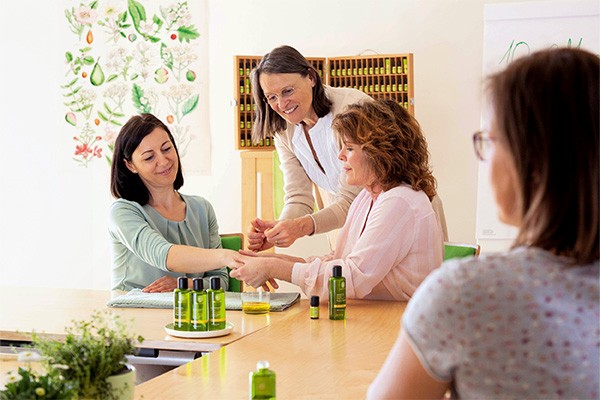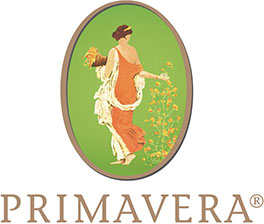
The 3 Greatest Misconceptions about Essential Oils
For years, more and more people have become fans of essential oils. Nevertheless, a lot of misinformation circulates about their benefits and correct use.
„The fact that, especially on the web, confusing or even incorrect information is circulating shows just how important it is to provide clarification and sci-ence-based information“, says aroma expert Anusati Thumm. The internationally renowned aromatherapy expert and seminar director at PRIMAVERA addresses the most frequent misconceptions to help clear them up:
Misconception 1: Essential oils can “cure”
As complex mixtures, essential oils are not only incredibly diverse, their effects are as well,” according to Thumm. Thus, for example, wood oils can deepen breathing and provide for more peaceful and restful sleep.
Lavender oil helps alleviate stress or problems falling asleep. Orange oil can relieve anxiety and tension and improve the capacity to focus.
Other oils have proven to be very effective when the issue is reducing the number of germs in the ambient air, having a balancing effect or enhancing well-being, for essential oils always affect both physical and the emotional aspects.
In addition, combining the essential oils with precious plant oils allows for the creation of fragrant and intensely nurturing body treatment blends. In case of fever, colds, muscle and joint aches as well as abdominal discomfort, wraps, compresses or layered compresses can provide relief.
“Essential oils can really do a lot. However, anyone who creates the impression that illnesses requiring medical treatment could be cured with the help of these oils can-not be taken seriously and is ignoring scientifically based knowledge,”, says Anusati Thumm.
Misconception 2: Essential oils are “healthy” – regardless of how you use them
This statement is also not correct as such. Essential oils are highly concentrated active plant ingredients that should be used sparingly. Many of them irritate skin and mucous membranes. Therefore, with few exceptions, they should not be used in their pure state and should not come into contact with the eyes or mucous membranes.

That is also why they have no business on or near open wounds, unless an aroma-therapy experienced doctor specifically prescribes this. For skin care, essential oils should be used in blends with an organic carrier oil.
Also, ingesting them is generally not advisable. Essential oils that are declared as foodstuffs and thus suitable for flavoring foods are the exception to this.
. The EU Declaration Requirement stipulates that manufacturers must decide on one specific type of use and this must be clearly stated on the product label.
Essential oils are generally declared as cosmetic agents for use on skin or as commodities for room fragrancing. Oral ingestion is not intended in both cases.
Reputable providers make sure that this is clearly declared in the information printed on the sleeve.
Misconception 3: Essential oils are always unadulterated natural products
Unfortunately, that is also not the case. High-grade pure oils are only extracted right from the leaves, blossom, seeds, fruits, branches, and roots of the plant of origin and are not “cut” or thinned. Substance fluctuations that depend on soil makeup, the climate and weather conditions during the growth period and harvest, as well as the plant genus are not “touched up” at this highest quality level.

Therefore, 100 percent pure essential oils do not contain any biotech-produced scents, which, by law, may be designated as “natural”.
That is why, when purchasing these products, you should check that the essential oil does not contain any synthetic or “nature identical” additives, but that it is completely natural and, if possible, from certified organic farming.
The reason: Synthetic, in other words artificially produced scents, do not contain any plant-based information. Thus, to this day, no laboratory has succeeded in “recreating” pure essential oils, as these often contain several hundred substances and are therefore labeled as multi-substance blends.
Besides the pure essential oils as described above, there are also so-called standardized essential oils. According to pharmacopoeia (DAB, AUB -German, Austrian), these are standardized oils that must comply with the standards of the country specific pharmacopoeia in terms of their content amounts and density.
. These specifications guarantee that an essential oil will always be consistent in terms of its ingredients and physical properties.
If a natural essential oil does not meet these standards, nature-identical or isolated ingredients such as Geraniol or Menthol are added. But then it is not longer a pure and natural product!
